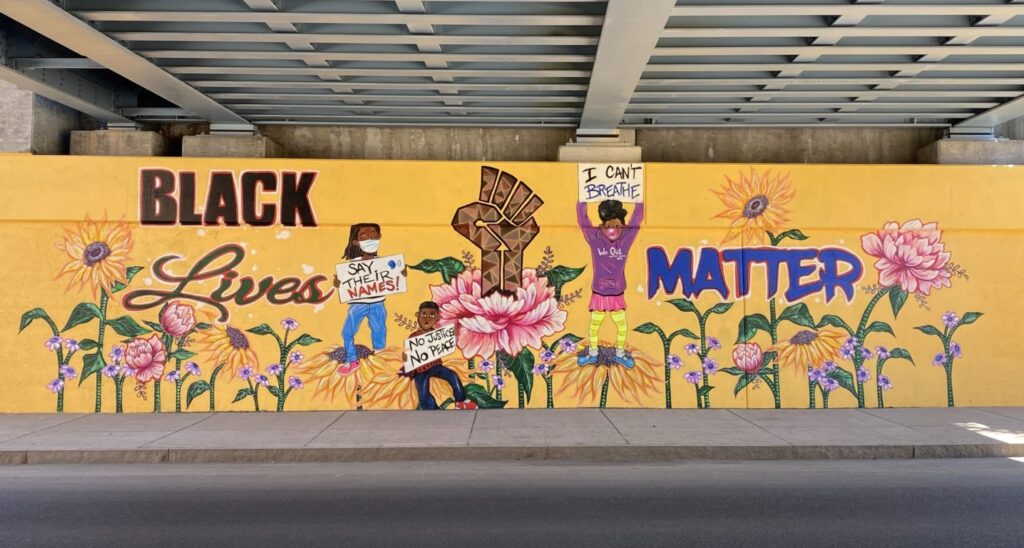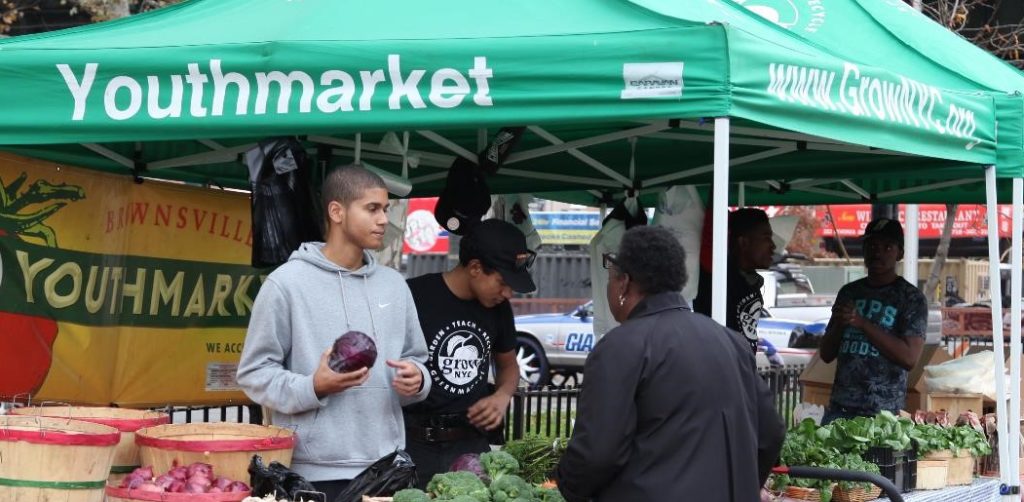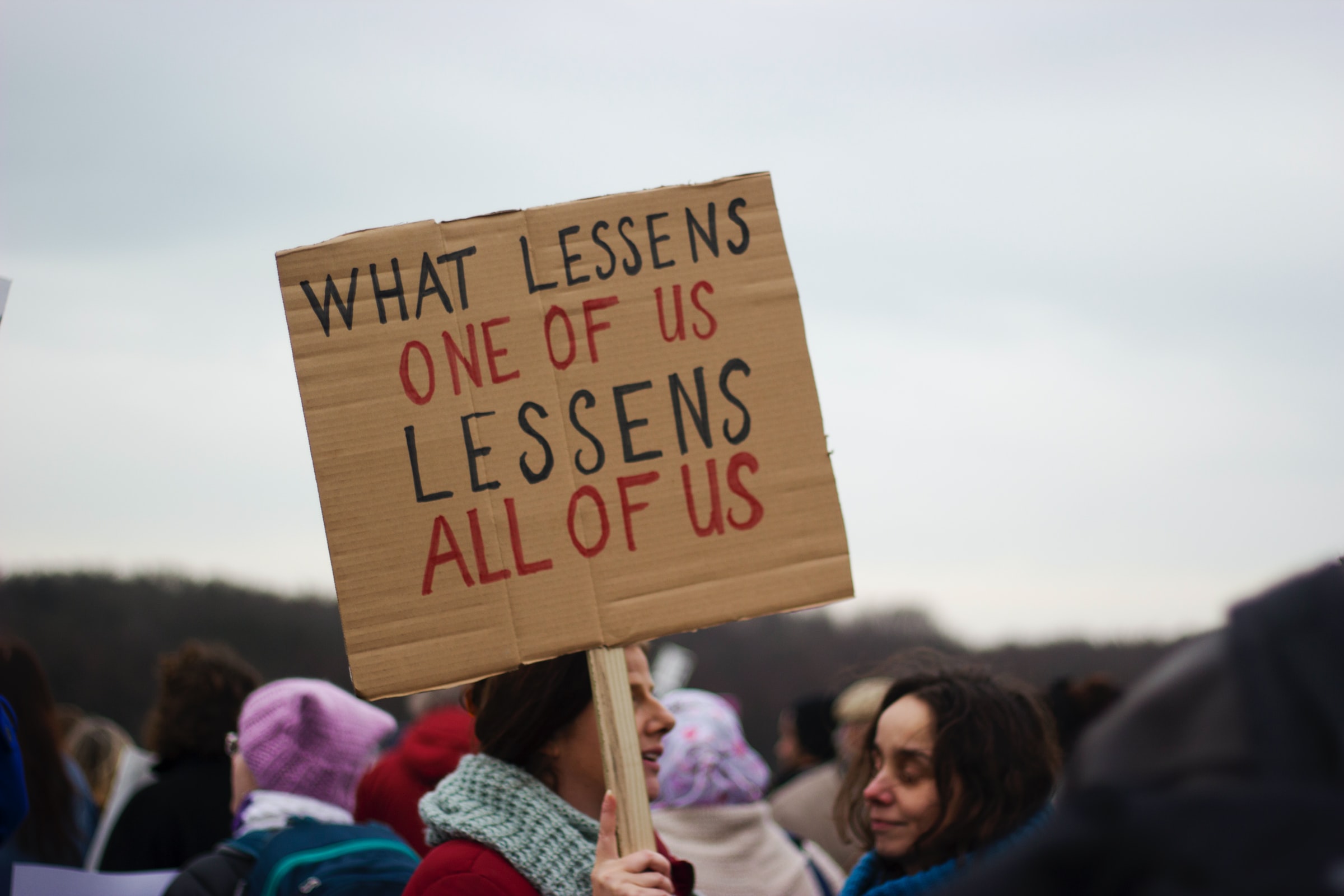Summer 2020
NYHealth aims for all New Yorkers to be as healthy as possible and to get the best care when they need it. But not all New Yorkers have equal opportunities to be healthy; wide disparities persist across race, ethnicity, geography, gender, education, employment status, immigration status, income, and other factors.
For NYHealth, health equity means that everyone has the opportunities and resources they need to be as healthy as possible and that no one is disadvantaged.
Racial and ethnic disparities in health are especially pervasive and persistent, so achieving health equity requires particular attention to the health needs of New Yorkers of color. Systemic racism in the United States is a public health issue that dates back hundreds of years, as exemplified by the enslavement of African people, and has persisted through discrimination in housing, education, economic opportunity, the justice system, and myriad other ways. The COVID-19 pandemic is just the most recent example of racial disparities in health, with death rates and hospitalization rates more than twice as high for Black residents as for their white counterparts. Black and Hispanic New Yorkers are also less likely to have health insurance and adequate access to care and more likely to experience food insecurity, complications with childbirth, chronic health conditions like diabetes and asthma, and premature death.

Mural installation through a project with the Niagara Falls National Heritage Area.
Over the years, health equity has been an underlying theme of much of NYHealth’s work, but it has not been an explicit focus. In 2020, as our nation reckons with the murders of George Floyd, Breonna Taylor, and so many others—and as communities of color rightly live in fear that they will not receive equal justice—we are re-examining our approach to health equity, particularly through the lens of racial inequities.
As a first step, we are reflecting on the work we’ve done to address health equity issues in communities of color in New York State, as well as some of our analytic work that can offer insights into opportunities for improvement. This is an ongoing process—there is always room for us to do more and to do better. As we take a look at what has worked and where we’ve fallen short, we can identify gaps that could inform future work to improve racial health equity in areas like food security, maternal health, and veterans’ health. Below are some examples:
Grantmaking
Ensuring equitable access to healthy food
Disparities in food security in New York State are serious and persistent; Black and Hispanic New Yorkers are much more likely than their white counterparts to experience food insecurity. NYHealth’s efforts to ensure equitable access to healthy food include securing universal free school lunch in New York City; providing seamless access to nutrition benefits during the COVID-19 pandemic; and supporting Isabahlia Ladies of Elegance Foundation, which is training young people to advocate for quality produce and healthier foods in supermarkets in Brownsville, Brooklyn.
Empowering expectant parents
Black and Hispanic New Yorkers are much more likely than their white counterparts to experience serious complications with childbirth. NYHealth has supported the development of the ExpectNY tool to help expectant parents in New York City and Long Island make informed decisions about where to get high-quality maternity care. Another project is supporting the Building Service 32BJ Health Fund to develop a high-value maternity care network for its members, who are predominantly lower-wage union workers and women of color.

Meeting the needs of minority veterans
Racial and ethnic minorities made up 21% of New York’s veteran population in 2015, a proportion that is expected to rise to 37% by 2040. An assessment from the Center for a New American Security makes recommendations for better meeting the unique needs of minority veterans. Black and Hispanic veterans are also more likely than their white counterparts to be incarcerated. A project with the Urban Justice Center is working to meet the health and legal needs of justice-involved veterans at Rikers Island.
Engaging patients of color as partners in their health care
Although all patients should be valued as partners, patients of color can face unique obstacles, including racism, bias, mistrust, and gaps in communication between patients and physicians. In 202o, NYHealth issued a request for proposals, “Patients as Partners: Advancing Equity,” our first program focused explicitly on racial health equity. Five grantees were selected to engage patients of color as partners in their health care at both the systems and individual levels to ensure their priorities, preferences, and experiences guide efforts to develop a more equitable health system.
Training health care providers on equity issues
One promising way to improve health equity is to ensure that health care providers are culturally competent and are well-trained on issues like implicit bias. The Greater New York Hospital Association teamed with community-based organizations to train primary care residents on the social determinants of health—those factors outside of the health care system, including racism, that affect how healthy we are.
Addressing the needs of formerly incarcerated New Yorkers
Racial inequities are inherent in our criminal justice system; these have a ripple effect on the health of people who have been incarcerated and their families. Amid the COVID-19 pandemic, NYHealth made a grant to expand emergency telehealth services to New Yorkers recently released from incarceration, with a particular focus on justice-involved Black and Latinx males. Another project is supporting formerly incarcerated New Yorkers with virtual discharge planning and re-entry services, including wellness check-ins, connections to health and food access benefits, and housing. NYHealth is also helping child welfare agencies to provide educational services and programming to children of incarcerated people during the pandemic.

GrowNYC Farmstand in Brownsville, Brooklyn.
Analytic Work
More Diverse and Older: Demographic Implications for New York’s Health Care System: This publication examines how New York State’s demographics are expected to change over the coming decades and how the health care system will need to prepare to care for an older and more racially and ethnically diverse population.
Complications of Childbirth: Racial & Ethnic Disparities in Severe Maternal Morbidity in New York State: This analysis finds persistent racial and ethnic disparities in potentially life-threatening complications during or after childbirth. Black women in New York State are 2.3 times more likely than their white counterparts to experience such complications. Rates among Hispanic women were 1.7 times higher and among Asian women 1.5 times higher than for white women.
Nutrition Incentives for New Yorkers in Need: A number of nutrition incentive programs in New York State are designed to make it easier for food-insecure families to purchase and consume fresh produce. This issue brief highlights many of these existing programs, next steps for their continued development, and recommendations for how to make it easier for New Yorkers to participate in these programs.

